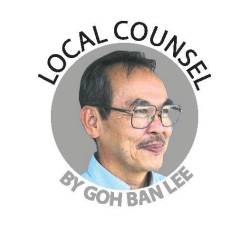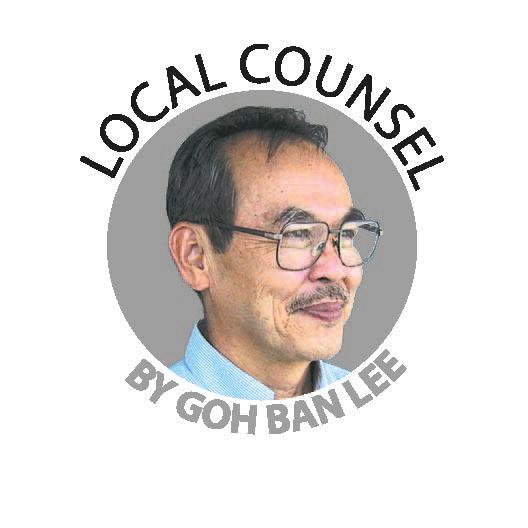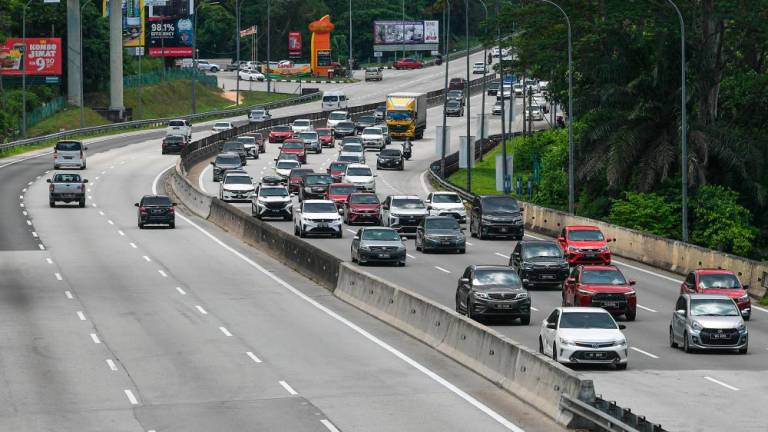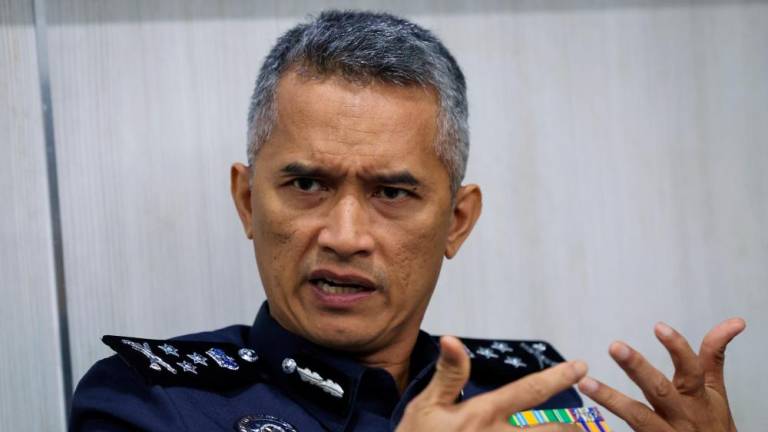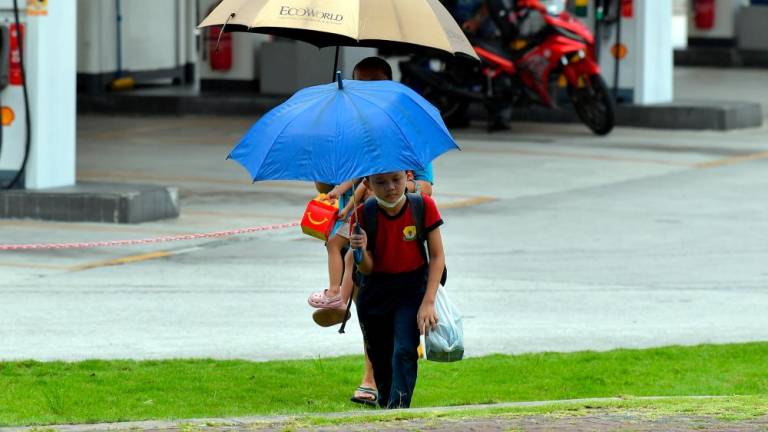SOME time ago, when I was in Singapore, I saw a woman with a handbag walking alone at about 10pm. My immediate thought was that this place must be safe and secure.
Generally, one factor indicating that a city is safe is seeing pedestrians walking casually. Conversely, a city without pedestrians walking along the pavements and storefronts is a sign of an unsafe environment.
The 2019 Safe Cities Index by the Economist Intelligence Unit ranks Singapore highly. It is ranked 2nd out of 60 cities. The top 10 cities are (1) Tokyo, (2) Singapore, (3) Osaka, (4) Amsterdam, (5) Sydney, (6) Toronto, (7) Washington, DC, (8) Copenhagen and Seoul (tied), and (10) Melbourne. Six of the top 10 are Asian cities, while the other four include two European and two North American cities.
The leading cities in the study for the third time in a row, Tokyo, Singapore and Osaka, all meet basic needs for creating a safe environment. These include good governance, transparency and accountability, access to high-quality healthcare, dedicated cyber security teams, and contingency planning.
Kuala Lumpur, however, is ranked below average, at 35. In fact, Kuala Lumpur’s rank has dropped four places from 31 in 2017.
One positive that Malaysians can take is that, apart from Singapore, Kuala Lumpur ranked higher than its Southeast Asian neighbours, including Manila at 43, Bangkok and Ho Chi Minh City tied at 47 and Jakarta at 53.
To cover the multifaceted nature of urban safety for their Safe Cities Index, the Economist Intelligence Unit measured indicators based on four pillars: digital, infrastructure, health and personal security. All the four pillars are important for overall urban safety.
For example, upgrading public infrastructure is important to urban safety. Without good walkways, many inhabitants may suffer injuries from falling into uncovered drains or tripping over uneven paths. Urban safety includes being safe from injuries as well as robberies.
One example where digital security is important is in the many surveillance cameras installed in our cities.
While new technologies with artificial intelligence can be used to enhance urban safety, they raise the concern of surveillance and privacy, and are not effective without good urban governance.
To maintain the infrastructure needed for a safe city environment, local authorities must ensure that small problems are dealt with quickly.
Making cities safer by fixing small problems promptly is a practical application of the “Broken Windows” theory.
This idea was first proposed by criminologist George Kelling and social scientist James Wilson, and is based on the notion that if a broken window is left unattended, it leads to more broken windows and eventually to crime.
Policing based on the “Broken Windows” theory was used by New York City police commissioner William Bratton in the 1990s to reduce crime in that city (although it has also been criticised for unfairly targeting minorities).
Acts of non-compliance with rules must be nipped in the bud. For instance, motorists who do not stop at pedestrian crossings must be punished. Reducing traffic accidents is another important aspect of urban safety.
In May 2018, newly elected Home Minister Tan Sri Muhyiddin Yassin aimed to make Malaysia “one of the safest nations in the world”. He emphasised that various aspects of our country’s security must be improved and said that his ministry would study the security management in countries such as Singapore and Japan to see what would be applicable in Malaysia.
In May this year, reviewing the efforts his ministry has taken in the past year, Muhyiddin said that they have achieved progress in changing the image of the police and improved border security. However, he acknowledged that there are still many obstacles to overcome.
The Safe Cities Index should serve as a reminder that we have a long way to go if we want to claim Malaysia as one of the safest places in the world.
The federal government should continue its efforts to reach its own stated goal to make Malaysia safe. The local authorities likewise have roles to play.
We would like to see Kuala Lumpur climb up the rankings. We hope that one day, it will be commonplace to see everybody – men and women, young and old – feeling comfortable walking the streets in our cities without a worry for their personal safety.
Datuk Dr Goh Ban Lee is interested in urban governance, housing and urban planning. Comments: letters@thesundaily.com



